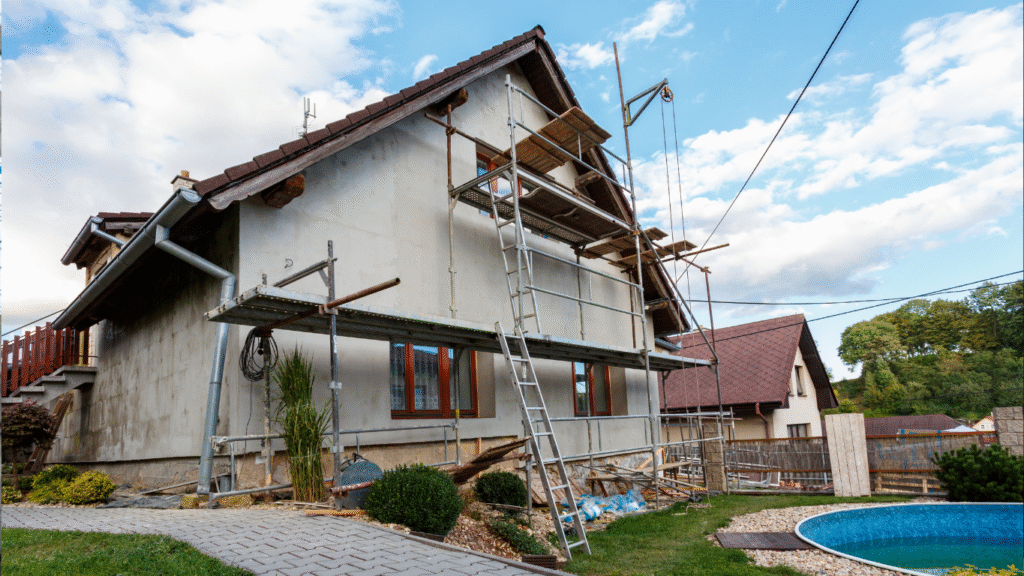
Living in Florida offers a beautiful coastal lifestyle, but it also brings intense sun, salt air, and the annual threat of storm season. Being proactive with your home maintenance isn’t just about curb appeal—it’s essential for protecting your property from the elements and preserving its value for years to come.
Clear Signs Your Home’s Exterior Needs Attention
- Roofing Issues: Cracked, curled, or missing shingles; dark streaks from algae; or gaps around vents, skylights, and chimneys.
- Siding and Paint: Faded, cracked, or peeling paint; gaps between siding panels; or signs of termites or wood rot.
- Windows and Doors: Difficulty opening or closing; condensation between glass panes that indicates a failed seal; or drafts and water intrusion around the frames.
- Post-Storm Damage: Lifted shingles, punctures in siding, or broken windows from flying debris.
If you notice any of these, it’s wise to get a professional assessment before minor issues become major, costly projects.
Repair or Replace: How to Decide
Repairs make sense when damage is isolated. Think about replacing a few missing shingles, fixing a single section of siding, or resealing one window. This is a cost-effective solution for contained problems.
Plan on a full replacement when damage is widespread or materials are near the end of their functional lifespan. Sometimes, the best course of action is an upgrade that enhances protection. For instance, installing modern impact windows is not just a fix—it’s a long-term investment in your home’s safety and energy efficiency.
Materials That Stand Up to the Florida Climate
- Hurricane-Rated Windows and Doors: Essential for storm protection, they also reduce noise, block damaging UV rays, and can help lower your energy bills.
- Metal Roofing Systems: This option offers exceptional wind resistance, is fire-resistant, and provides a very long service life, making it a popular choice for durability.
- Fiber Cement Siding: A great siding replacement option, it resists termites, won’t rot, and stands up remarkably well to the intense heat and humidity common across Florida.
A Proactive Maintenance Schedule
- Annual Inspection: Have your roof, siding, and window seals checked by a professional, especially before hurricane season begins.
- Clean Gutters: Keep downspouts clear to prevent water overflow, which can damage your roof, fascia, and foundation.
- Check Paint and Caulking: Routinely inspect the paint and caulk around windows and doors. Reapplying it is a low-cost way to prevent water intrusion.
- Trim Trees: Cut back branches that overhang your roof to minimize the risk of damage from falling limbs during a storm. For detailed guidance on hurricane preparedness, the Federal Alliance for Safe Homes (FLASH) offers excellent, non-commercial recommendations.
Choosing a Florida Contractor
When selecting a professional, look for current state licensing and insurance, a portfolio of recent local projects, and strong homeowner reviews. Always request a detailed, written estimate that separates labor and materials. A clear warranty on both products and workmanship is the sign of a company that stands behind its work.
Whether you need a timely repair after a storm or are planning a major upgrade, request a professional inspection to get a clear plan from a team you can trust.
